Eastern Crete has dozens of enchanting and unknown destinations that "capture" every visitor, making him…
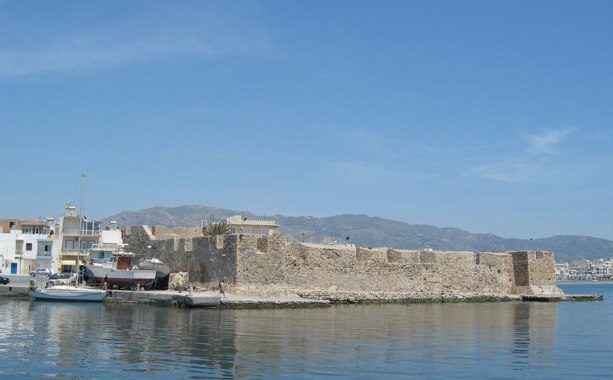
Ierapetra
Having the distinction of being the southernmost town facing the African coast, Ierapetra enjoys the smoothest, almost rainless weather in Europe, with a temperature that rarely drops below 12 C all year long! No doubt, Ierapetra “the bridge of the Libyan sea” is the sunniest holiday resort in Europe.
The character and charm of the old warm neighborhood has been retained, whilst it has been given new life as a shopping and eating experience for the visitor. A tempting variety of shops, open-air cafes, bars, restaurants and traditional taverns, makes Ierapetra the ideal place to relax, enjoying shopping, eating, drinking or simply wondering around!
Ierapetra combines a brilliant past with a present of economic growth and extension. It has the largest population in the prefecture of Lassithi (East Crete) and the fourth largest in all Crete. In 1981 census 8,570 inhabitants were registered within the town, and the population of the greater Ierapetra community including the villages of Kendri, Gra Lygia, Vainia and Stavros was 10,732.
The visitor can take a leisurely walk in the vivid center of the town, along the coast, in the small municipal park near the Town Hall, or in the quiet picturesque narrow streets of “Kato Mera” – the old part of the town.
Pick up a handmade gift from a colorful market stall and enjoy the exciting sounds of busy Cretan life!
Ierapetra: The beaches, History and the area
Ierapetra is a pleasant place to visit all year round, as the temperature seldom falls below 12 centigrade in winter, and the mean annual temperature is 20,6 centigrade; also it has the most hours of sunshine and lowest rainfall of all Greece. Tourist facilities improve all time, both in terms of services and the number of beds available. The beaches of Ierapetra are awarded each single year with Blue Flags, by the European Union. Practically all the shore of Ierapetra, from east to west, within a distance of 6 km is suitable for swimming.
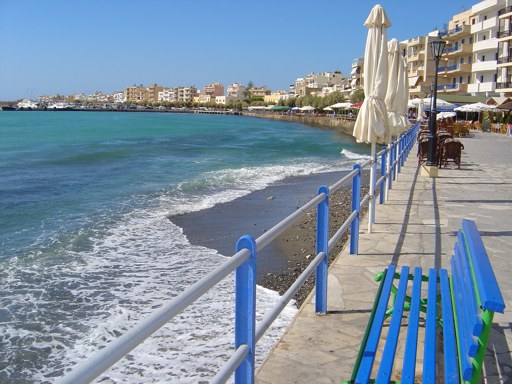
Ierapetra was chosen among 500 South European destinations by the QualityCoast International Certification Program of EUCC as one of the 50 most attractive tourist destinations for visitors interested in cultural heritage, environment and sustainability. In 2012 Ierapetra was one of the only three destinations in Greece that won the Gold QualityCoast award, ranking 2nd among the TOP 100 chosen European destinations.
In the town there are two organized beaches, with umbrellas, sun-beds, bars, water sports etc. One is located east of the town (east Beachor Agios Andreas) on the way to Makry Gialos and the other smaller one near the port, in front of the old town. For more information see above the beach section.
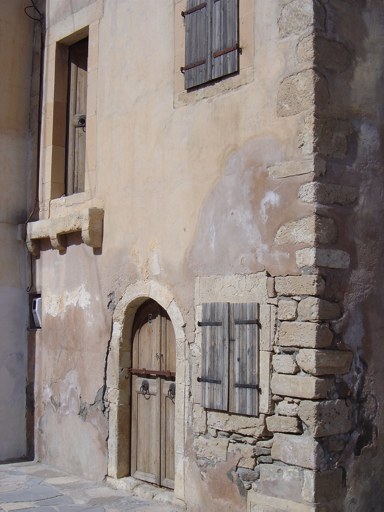 At the end of the shoreline promenade, the so-called “Old Town” begins to the right. A small sign draws your attention to Napoleon’s House, situated 20 m further in towards the city. This is a small, two-storey building with a restored façade. The narrow entranceway is only 1.75 m high. This was enough for the vertically challenged emperor, however, who would have been able to walk straight through in 1798. On his way to a raid on Egypt, his ship weighed anchor at Ierapetra. The Corsican had some of his sailors row him ashore and, according to legend, he met a Cretan notary who offered him the hospitality of his house for the night. When Napoleon secretly left in the early hours of the morning, he left behind a thank you note, in which he revealed himself as the ‘Great Frenchman’.
At the end of the shoreline promenade, the so-called “Old Town” begins to the right. A small sign draws your attention to Napoleon’s House, situated 20 m further in towards the city. This is a small, two-storey building with a restored façade. The narrow entranceway is only 1.75 m high. This was enough for the vertically challenged emperor, however, who would have been able to walk straight through in 1798. On his way to a raid on Egypt, his ship weighed anchor at Ierapetra. The Corsican had some of his sailors row him ashore and, according to legend, he met a Cretan notary who offered him the hospitality of his house for the night. When Napoleon secretly left in the early hours of the morning, he left behind a thank you note, in which he revealed himself as the ‘Great Frenchman’.
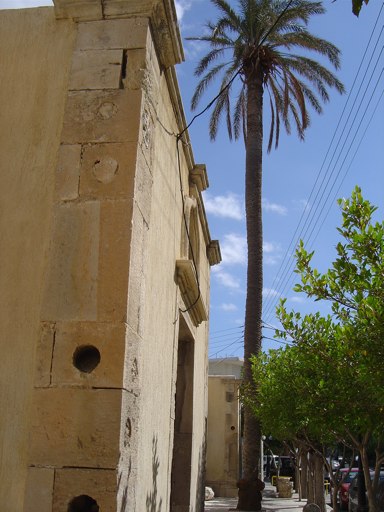 The Museum was founded at the end of the 19 th century, during the Turkish occupation, and after having changed many places is now housed at the building of the Commercial Ottoman School at Konoupaki square close to the Town Hall.
The Museum was founded at the end of the 19 th century, during the Turkish occupation, and after having changed many places is now housed at the building of the Commercial Ottoman School at Konoupaki square close to the Town Hall.
The Collection includes:
Minoan Art
The findings representative of this era all come from outside the area of the modern town.
The most important of these is a clay larnax (no. 822) which was found in Episkopi in the autumn of 1946 by professor N. Platon in a horse -shoe- shaped hewn tomb of the Late Minoan III period, which also contained two other larnakes.
Geometric Art
There is very little to represent geometric art in the collection, due to the fact that there are really very few geometric sites in the district. The finds are mostly figurines and vases from 9 th to 8 th century B.C.
Archaic Art
There are also not many exhibits of Archaic art. Mostly figurines and terracota votive plaques in relief.
Despite the introduction of mass production one can immediately see, in the forms of the period, that a great step forward in the handling of the modeling of small figurines has taken place since the previous period; this is the beginning of the later remarkable development of the plastic arts.
Classical and Hellenistic Art
These two periods are presented together, because on the one hand Doric Hierapytna developed and came to the fore in the region apart from the direct political and cultural influences which were affecting the rest of the Helladic world outside of Crete, and on the other hand these finds have not been properly evaluated yet, although they constitute an important part of the collection.
Most of these exhibits, figurines and vases, come from ancient Hierapytna.
The red figure amphora no. 522 found at Manoliana, is very well preserved and, in addition to the floral motifs decorating the neck, has interesting scenes on both sides of the body.
Graeco- Roman Art
The term Graeco- Roman is applied to the work of local artists and craftsmen under the influence of the Romans. A series of lamps shows less the form than the favorite motifs for decorating the discus.
Sculpture- Statues
A large number of statues has been recovered from the Viglia area where the ancient city was situated. Most of them, of the Roman period are headless. There are life-size statues and statuettes and larger than life-size pieces.
Inscriptions
Inscriptions are perhaps the most important source of knowledge about ancient times, as they are a direct contemporary testimony of events; from them we learn so many details about the history, language, public affairs and private life in each region.
Today in the collection there are only two of the many important treaties of the multi- dimensional policies of the Hierapytnians. One of them records the alliance of the Hierapytnians with Antigonos of Macedonia, and the second the treaty of equality of civil rights with the Arcadians.
There are also two honorary decrees of interest. One of them is no 53, which was set up to record the honor done by the city to Titos Claudios Aristagoras, naming him a patron and protector.
Coins
As an autonomous state Hierapytna struck many different coins from which examples from 44 issues have been found; the majority are silver and some are real masterpieces of coin engraving.
USEFUL INFORMATION
Telephone : +30 28420 28721
The fort, built by the Venetians and Known to Ierapetrans as the “Kales”, has been erected on the top of the southernmost mole of the ancient harbour. It is one of those monuments of the past which, because of its solid construction and the fact that it was still garrisoned until the latest years of the last century, still exists today to serve as a reminder of some of the nation’s most difficult times.
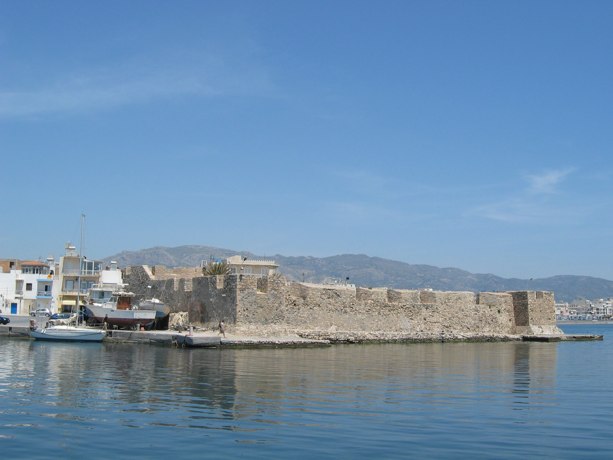
The church of Afentis Christos, is near the fort, a little to the west in the “Sarakina” area. It has two aisle, the second being dedicated to St Charalambos. There is a beautiful wooden iconostasis and a number of fine icons.
It is regarded as being the oldest church in the town, probably having been built in the 14th century. In about 1970 however, the western end was extended, changing the basic form of the church. It is an old custom for the metropolitan to celebrate the Resurrection, and the burning of Judas, at this church each Ester.
Ierapetra is one of the greatest cities of the ancient period, named Kyrva. The town was later renamed Pytna and finally Hierapytna which means “sacred hill”, because of its holly temple that stood there in the ancient years. The first b.C. century, Ierapetra was one of the most important ports of Crete, taking advantage of its strategic place for trades with Eastern and Southern Mediterranean states.
Very interesting facts of Ierapetra’s historic route though time can be figured out visiting its great archaeological collection that is housed in the Ottoman school. This collection started gathering at the end of 9th century when residents established the Educational Club of Ierapetra with a goal to collect and preserve the ancient region.
Ierapetra’s archaeological collection covers the period from the 3rd millennium b.C. until the 5th century a.C. Every visitor has the chance to admire the clay sarcophagus- amphorae with graphic images-inscriptions, clays, coins and a beautiful statue of the goddess Persephone, goddess of Ierapetra.
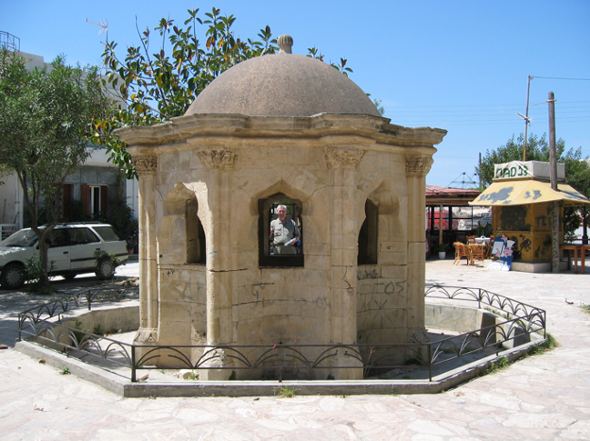
In the Venetian Age, from the 13th to the 17th centuries, Ierapetra – now known by its present name – became prosperous again. The Fortress of Kales, built in the early years of Venetian rule and strengthened by Francesco Morosini in 1626 to protect the harbor, is a remnant of this period, although local myth says it was built by the Genoese pirate Pescatore in 1212. In July 1798 Ierapetra made a small step into world history: Napoleon stayed with a local family after the Battle of the Pyramids in Egypt.
The house where he stayed can still be seen. In the Ottoman period a mosque was built in the town. Finds from Ierapetra’s past can be found in the local Museum of Antiquities, formerly a school for Muslim children. The centrepiece of the exhibition is a well-preserved statue of Persephone.
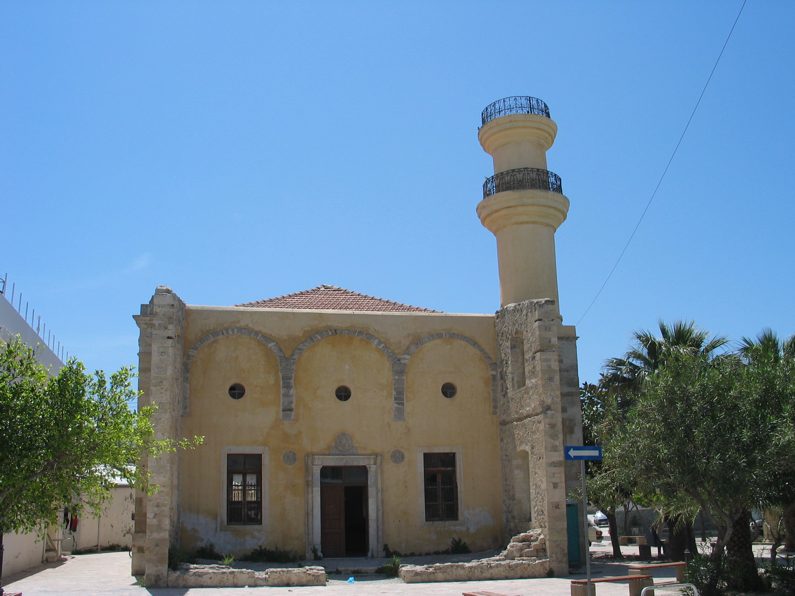
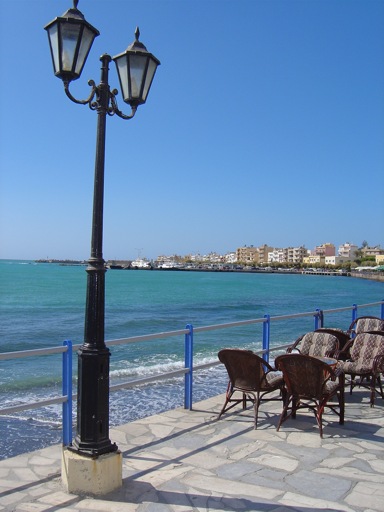 Present day Ierapetra consists of two quite distinct parts, Kato Mera and Pano Mera. Kato Mera is the old town on the southwestern headland. It is characterized by a medieval street layout with narrow alleyways, cul-de-sacs and small houses, creating a village-like atmosphere. The former mosque and the “house of Napoleon” can be found in this neighbourhood, as can Aghios Georgios metropolitan church (built in 1856) in the town’s center. It is considered one of the most interesting churches of Crete. The ceiling of the church has many “blind” domes. Those, as well as the central dome, are wooden (mainly cedar wood). Pano Mera is the much bigger new town, with wider streets and three and four storey houses. Pano Mera is still expanding towards the west, north and east.
Present day Ierapetra consists of two quite distinct parts, Kato Mera and Pano Mera. Kato Mera is the old town on the southwestern headland. It is characterized by a medieval street layout with narrow alleyways, cul-de-sacs and small houses, creating a village-like atmosphere. The former mosque and the “house of Napoleon” can be found in this neighbourhood, as can Aghios Georgios metropolitan church (built in 1856) in the town’s center. It is considered one of the most interesting churches of Crete. The ceiling of the church has many “blind” domes. Those, as well as the central dome, are wooden (mainly cedar wood). Pano Mera is the much bigger new town, with wider streets and three and four storey houses. Pano Mera is still expanding towards the west, north and east.
Ierapetra’s main shopping street is Koundouriotou. In the centre the town hall, the museum and two cinemas can be found. The local hospital lies in Pano Mera. To the west is the southern headland with the fortress, a port for fishing boats and ´Navmachia´ area, where sea fights among slaves for citizens´ entertainment were taking place during the Roman period. Further east is a short beach with bars and restaurants, followed by the quay for ferries to Chrissi. Further on lies the main boulevard with hotels, bars, restaurants and souvenir shops. At its end a new promenade leads alongside Ierapetra Bay’s long beach.
Accommodation..
Stella Villas Koutsounari
IN A BEAUTIFUL ENVIROMENT AMONG OLIVE TREES AND COLOURFUL FLOWERS, THERE LIES YOUR DESTINATION, STELLA VILLA. 50 sq.meters each, the…
Long Beach apartments
Long Beach Seaview apartments are situated next to the Long beach of Koutsounari, less than 30m from the sea. Long…
Symi Village
Kato Symi (or Simi) is a village and seat of the homonymous community of the Municipality of Viannos in the…
Sights...
Omalos Plateau, Viannos
Eastern Crete has dozens of enchanting and unknown destinations that "capture" every visitor, making him want to come back again,…
Havgas Gorge, Elounda
We start from Elounda village by car and head west towards the village of Pines. An excellent route through picturesque…
Lapathos Plateau
Lapathos Plateau is 9 kilometers far to east from Symi or Simi village in Lassithi prefecure at the southern slopes…
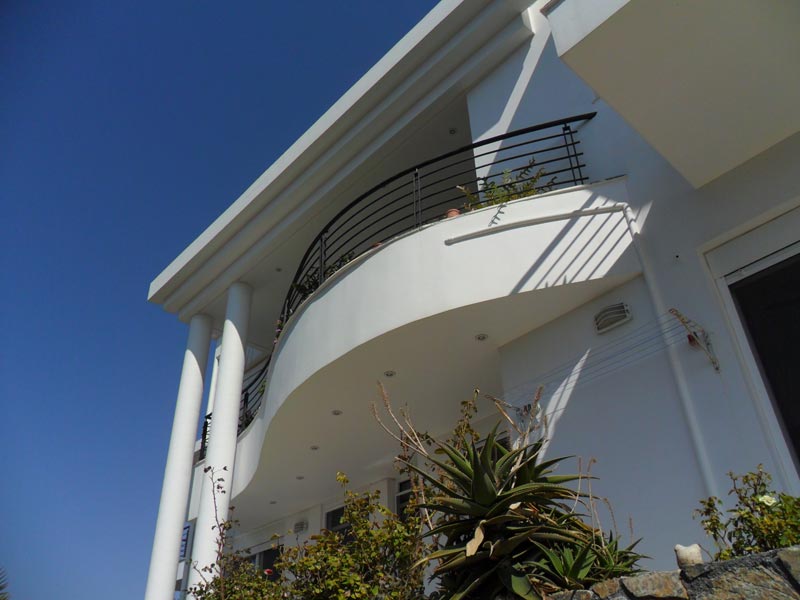
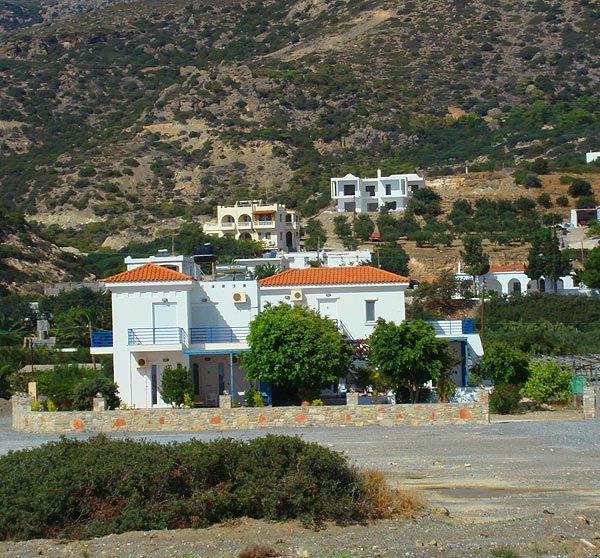
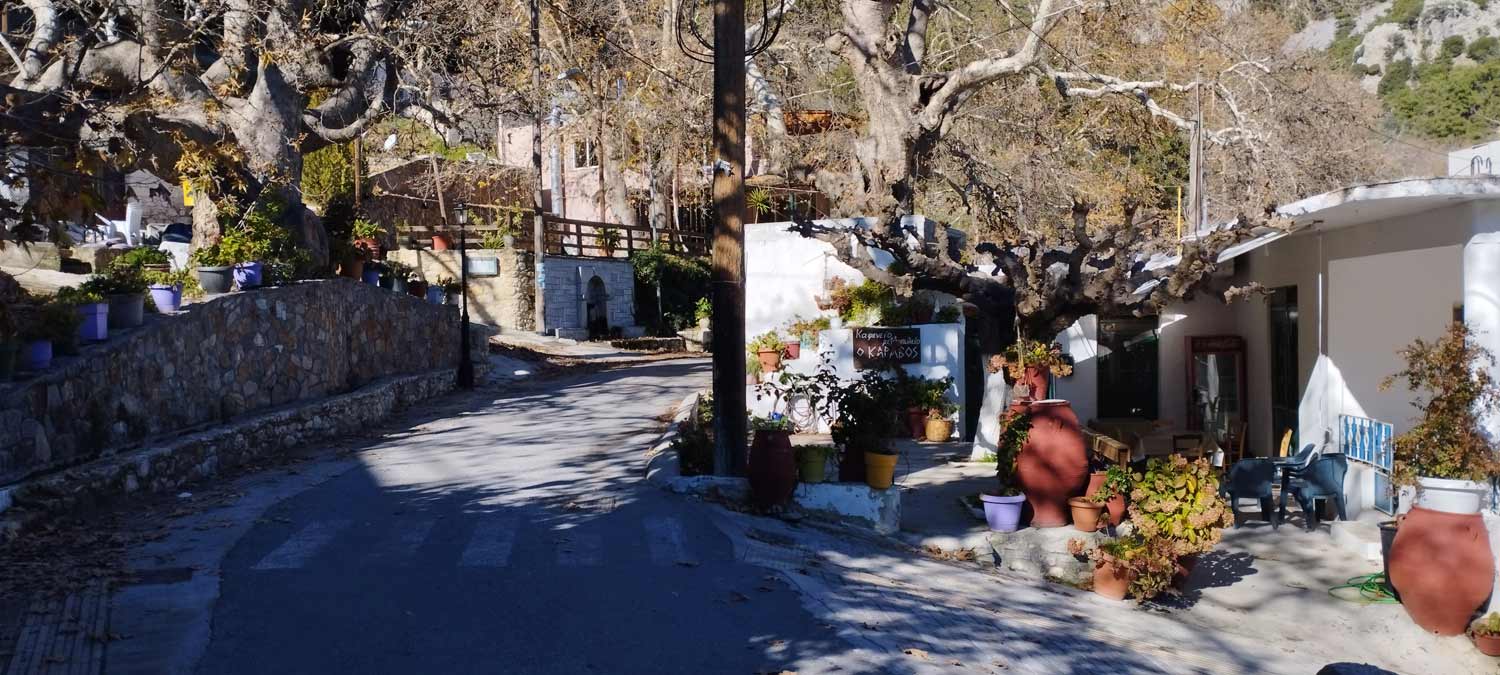
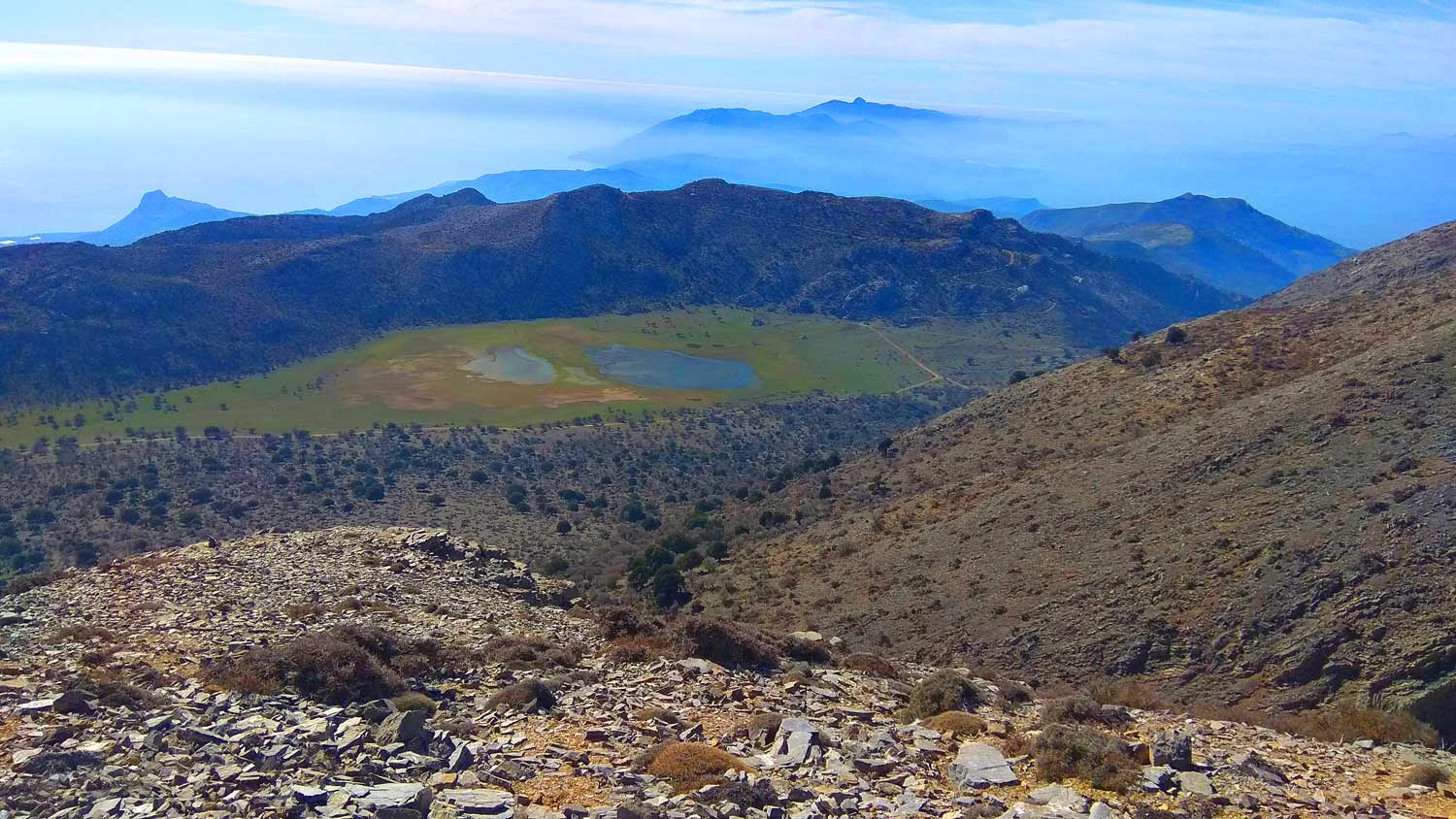
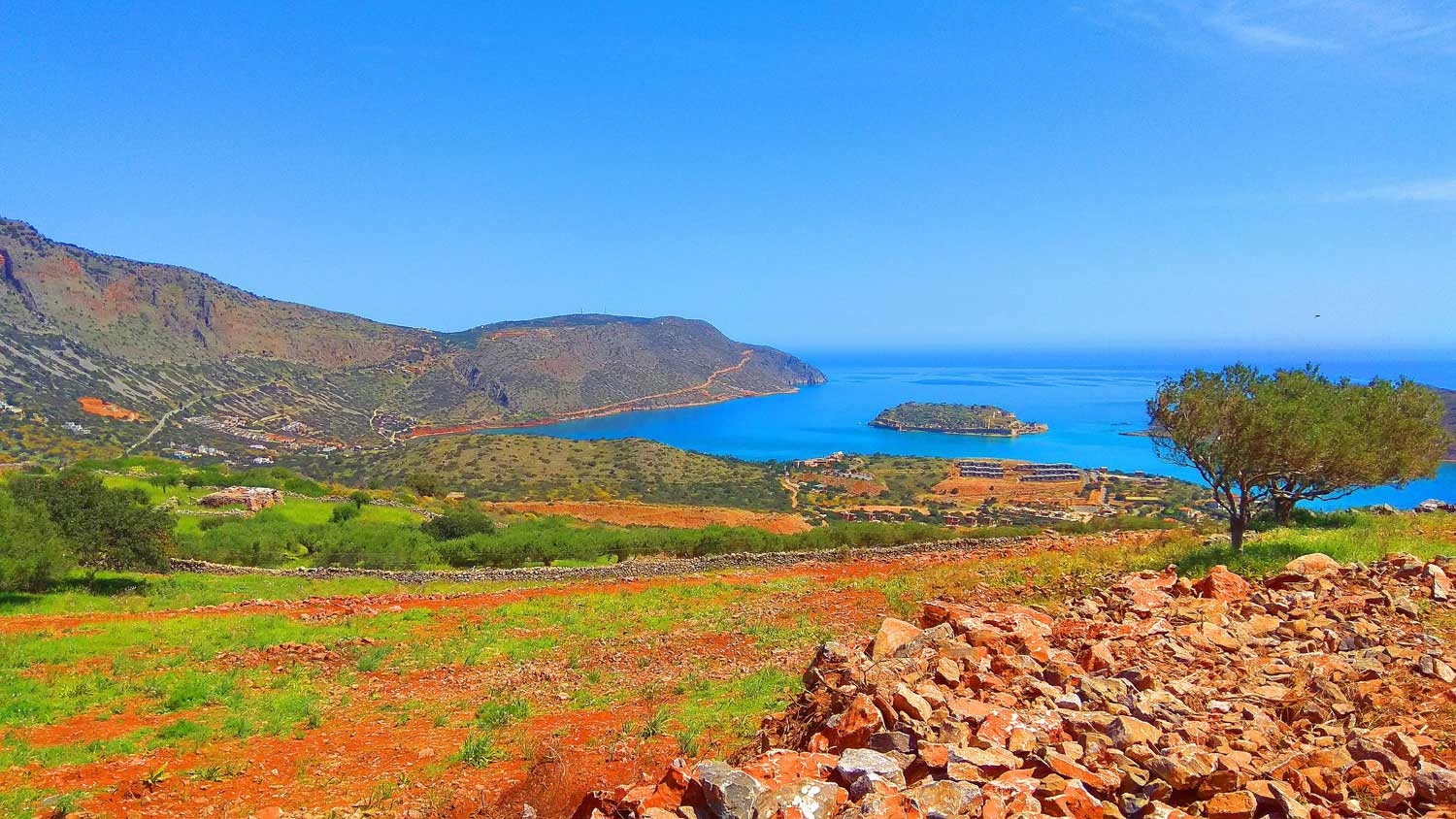
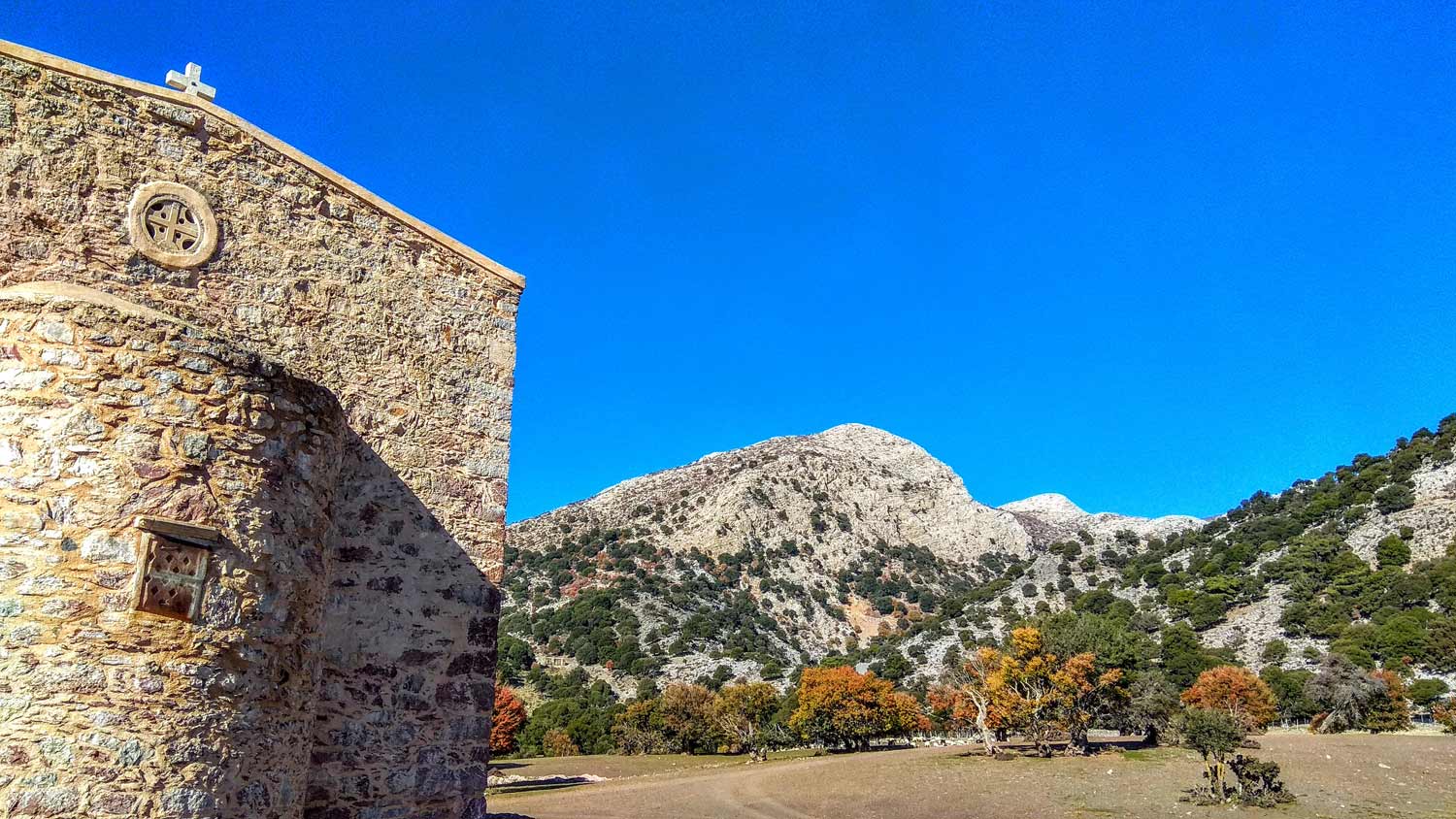
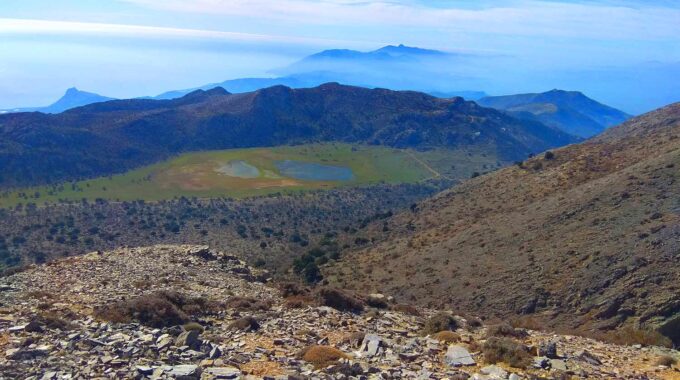
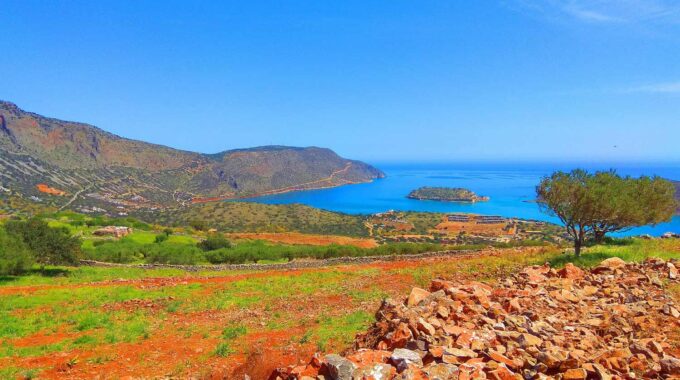
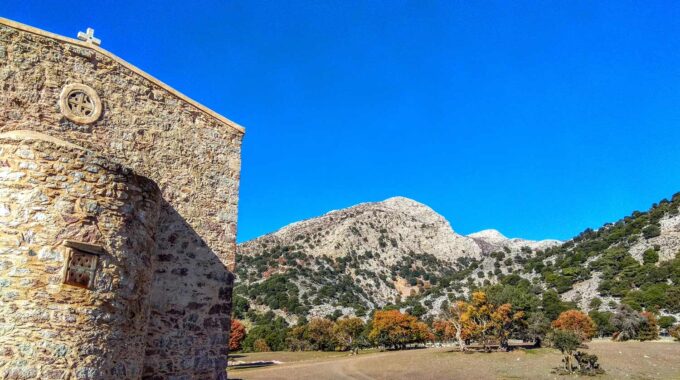
This Post Has 0 Comments